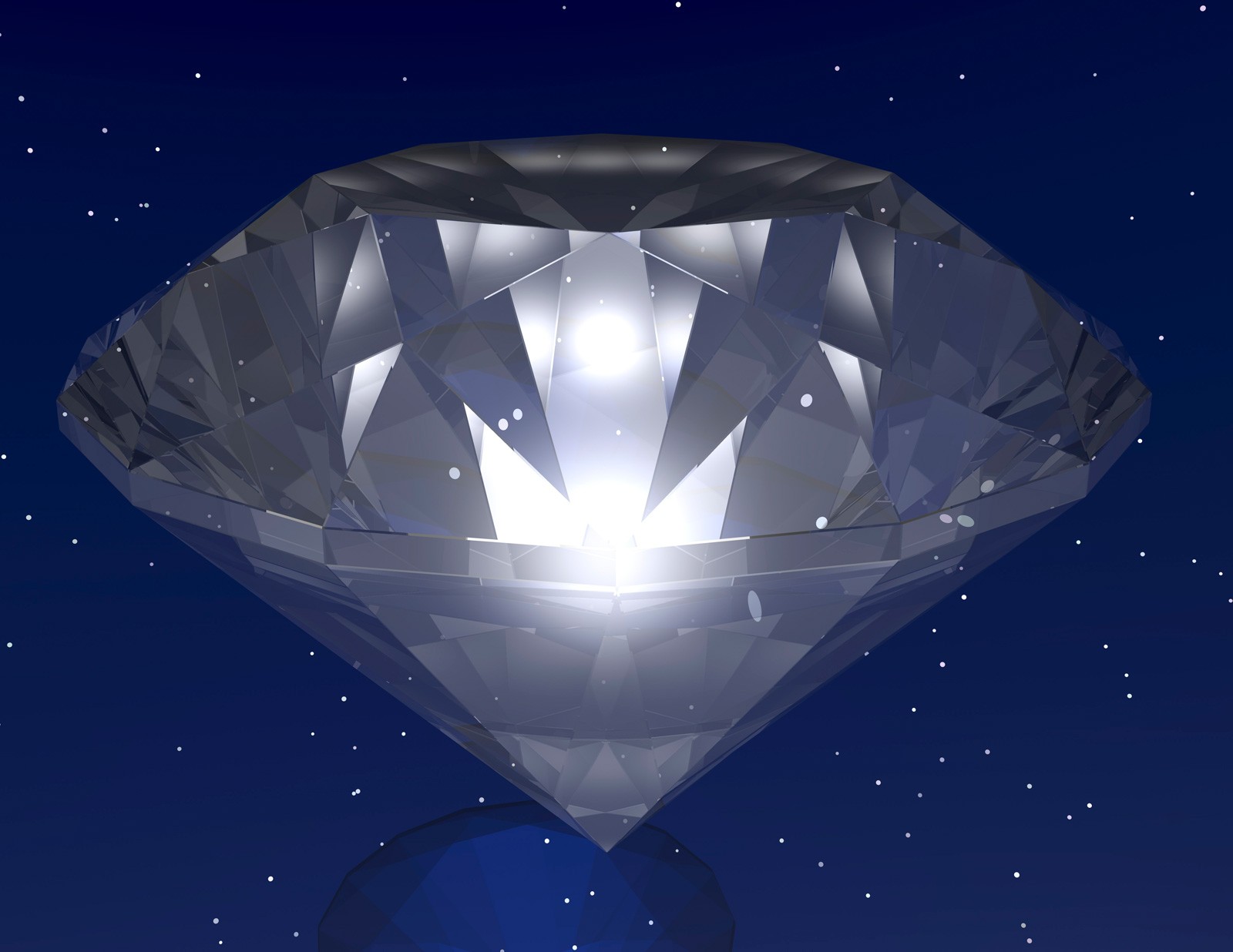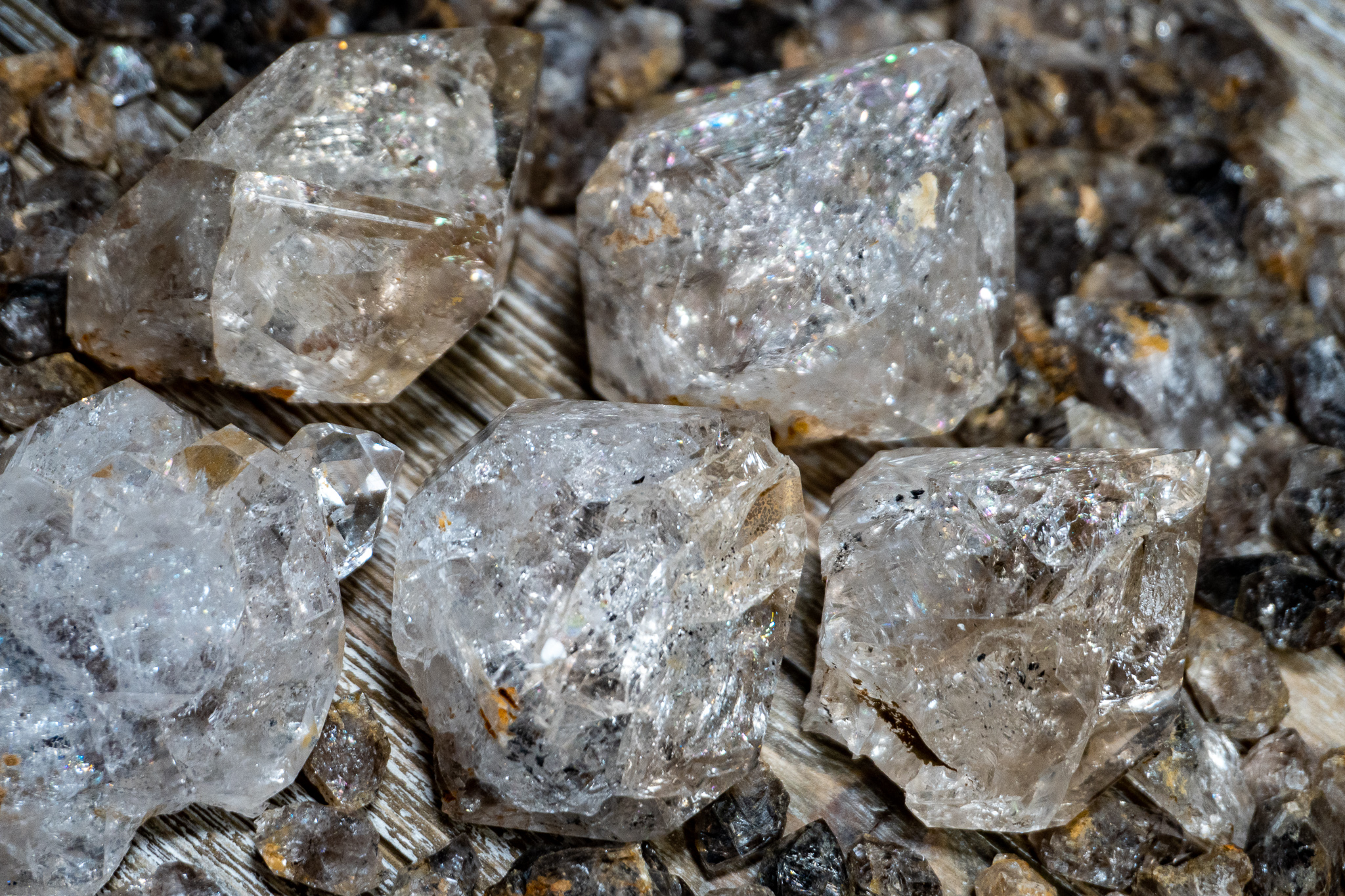Historical and Cultural Significance: Diamond Meaning

Diamond meaning – Diamonds have been coveted and treasured throughout history, holding immense cultural and historical significance across civilizations and time periods. Their captivating brilliance and enduring beauty have made them symbols of love, power, and status.
Ancient Civilizations
In ancient India, diamonds were believed to possess supernatural powers and were associated with the god Indra. They were also used as currency and as adornments for royalty. In ancient Greece, diamonds were known as “adamant,” meaning “unconquerable,” and were believed to protect against evil spirits.
Medieval Europe
During the Middle Ages in Europe, diamonds became associated with wealth and nobility. They were often used to adorn crowns, scepters, and other royal regalia. The belief that diamonds could ward off evil and bring good luck made them highly sought after by the wealthy and powerful.
Diamonds, symbols of enduring love and wealth, hold a special place in the human heart. But their brilliance is not limited to their material value; they also carry a deeper symbolism, much like the cherry , which represents purity and innocence.
As the cherry blossom’s ephemeral beauty reminds us of the fleeting nature of life, so too do diamonds evoke the preciousness of each moment, encouraging us to cherish every spark of joy that illuminates our path.
The Renaissance and Enlightenment
The Renaissance and Enlightenment periods saw a renewed interest in diamonds as both a fashion accessory and a scientific curiosity. Diamond cutters developed new techniques to enhance their brilliance, and they became increasingly popular among the upper classes.
Diamonds, symbols of enduring love and eternal beauty, have long captivated the human heart. But beyond their allure, they also hold a darker secret. In the depths of the Tomorrow Pit , a vast subterranean expanse, diamonds are found in abundance, their brilliance a stark contrast to the oppressive darkness.
Yet, their presence here is a cruel reminder of the sacrifices made in their pursuit, as countless lives have been lost in the relentless quest for these precious stones.
The Victorian Era
The Victorian era witnessed a surge in diamond mining and the establishment of the diamond industry as we know it today. The discovery of large diamond deposits in South Africa led to a global increase in diamond production, making them more accessible to the general public.
20th Century and Beyond
In the 20th century, diamonds continued to be associated with luxury and status. The development of synthetic diamonds and the use of diamonds in industrial applications further expanded their significance in modern society.
Geological Formation and Properties

Diamonds are the hardest known natural substance and are composed of pure carbon. They are formed deep within the Earth’s mantle, under extreme heat and pressure. Over millions of years, carbon atoms crystallize into a diamond’s characteristic octahedral shape.
Formation Process
- Diamonds form when carbon atoms are subjected to intense heat and pressure deep within the Earth’s mantle, typically at depths of 150-200 kilometers.
- As the carbon atoms are compressed, they form a rigid, three-dimensional lattice structure known as a diamond lattice.
- This lattice structure gives diamonds their exceptional hardness and durability.
Physical and Chemical Properties, Diamond meaning
Diamonds are renowned for their unique physical and chemical properties:
- Hardness: Diamonds are the hardest known natural substance, with a Mohs hardness of 10. This means that they can only be scratched by other diamonds.
- Durability: Diamonds are extremely durable and can withstand high temperatures and pressures.
- Refractive Index: Diamonds have a high refractive index, meaning that they bend light more than most other materials. This gives them their characteristic sparkle and brilliance.
Types and Grades
Diamonds are classified into different types and grades based on their clarity, color, and carat weight:
- Clarity: Diamonds are graded on a scale from flawless (FL) to included (I). Flawless diamonds have no visible inclusions, while included diamonds have visible imperfections.
- Color: Diamonds are graded on a scale from colorless (D) to light yellow (Z). Colorless diamonds are the most valuable, while light yellow diamonds are less valuable.
- Carat Weight: The carat weight of a diamond is a measure of its weight in carats. One carat is equal to 200 milligrams.
Applications and Uses

Diamonds have a wide range of applications in various industries due to their unique properties of hardness, thermal conductivity, and optical clarity.
One of the most well-known uses of diamonds is in jewelry. Diamonds are highly valued for their beauty and brilliance, and are often used in engagement rings, necklaces, and other pieces of jewelry.
Cutting Tools
Diamonds are also used in cutting tools, such as drill bits, saws, and grinding wheels. The hardness of diamonds makes them ideal for cutting through hard materials, such as metal, concrete, and glass.
Industrial Abrasives
Diamonds are also used as industrial abrasives, such as in grinding wheels and polishing compounds. The abrasive properties of diamonds make them ideal for removing material from surfaces, such as in the manufacturing of precision parts and optical components.
Emerging Technologies
In addition to their traditional uses, diamonds are also being explored for potential applications in emerging technologies, such as quantum computing and medical devices.
In quantum computing, diamonds are being investigated as a potential material for qubits, the basic unit of information in a quantum computer. Diamonds have the potential to provide a stable and long-lived platform for qubits, which could lead to the development of more powerful quantum computers.
In medical devices, diamonds are being explored for use in drug delivery and tissue engineering. The biocompatibility and unique properties of diamonds make them a promising material for these applications.